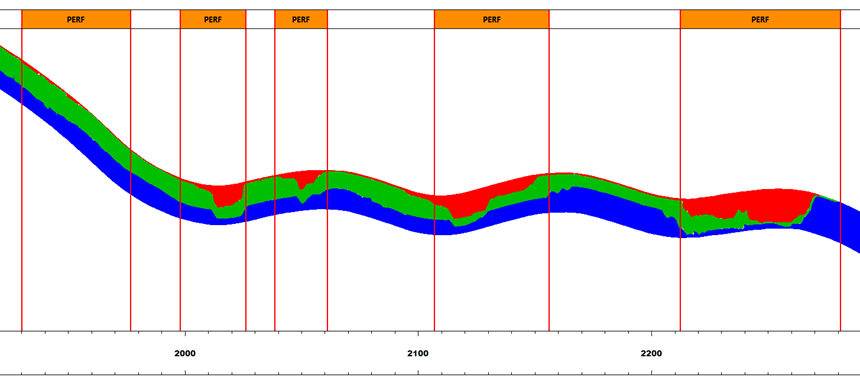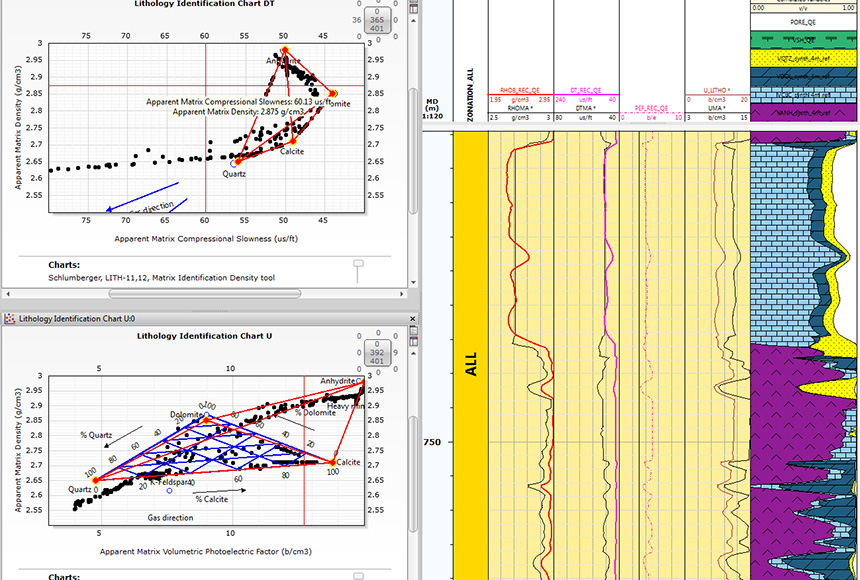

During the course of drilling, permeable rock within the wellbore becomes invaded by drilling mud filtrate.

This electrical potential is primarily generated as a result of exchanges of fluids of different salinities-those of the mud system and those in the formation. It is a measurement of the voltage difference between a movable electrode in the wellbore and a fixed electrode at the surface. The spontaneous potential (SP) log was developed next and was presented along with resistivity logs. Hydrocarbons, which are nonconductive, cause resistivity values to increase as the pore spaces within a rock become more saturated with oil or gas. Thus, unless that water is fresh, water-saturated rocks have high conductivity and low resistivity.

Fresh water does not conduct electricity however, the salt ions found in most formation waters do. The ability to conduct electrical current is a function of the conductivity of the water contained in the pore space of the rock. The reciprocal of resistivity is conductivity, which is typically expressed in terms of millimhos or mmhos. It is measured in ohm.m2/m, which is usually referred to simply as ohm.m. The resistivity of a rock is a measure of the degree to which it can impede the flow of an electric current. Archie, paving the way for a quantitative evaluation of formation properties using well logs.Įarly electric logs, or e-logs, plotted only formation resistivity measurements. In 1942, the relationship between resistivity, porosity and water saturation (and thus its inverse: hydro-carbon saturation) was established by G.E.

During the early days of commercial well logging, logs were primarily used qualitatively for making formation correlations within a given field or local geological province, certain formations have distinctive characteristics that appear remarkably similar from one well to the next, providing geologists with a basis for locating the depths of various strata in the subsurface. Logging tools record the magnitude of a specific formation property, such as resistivity, measured as the tool traverses an interval defined by depth a well log is a chart that shows the value of that measurement plotted versus depth. The ability to interpret a log lies in recognizing the significance of each measurement. From these plots, interpreters can identify lithologies, differentiate between porous and nonporous rock and quickly recognize pay zones in subsurface formations. Well logs present a concise, detailed plot of formation parameters versus depth.


 0 kommentar(er)
0 kommentar(er)
